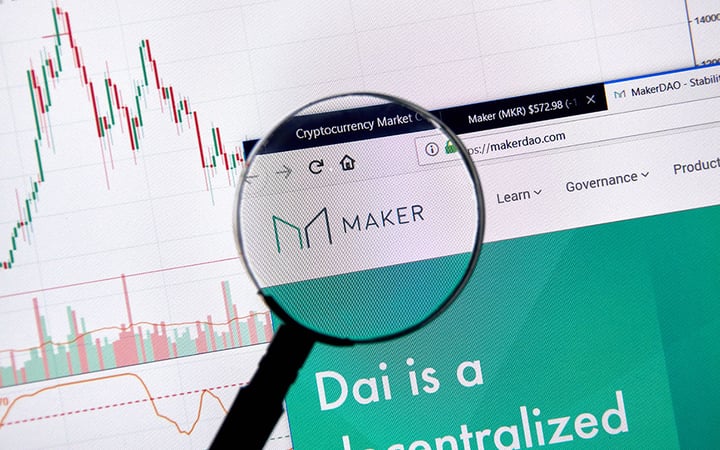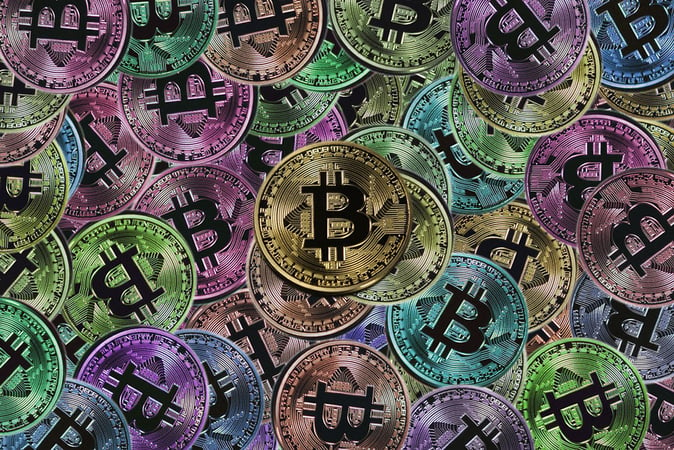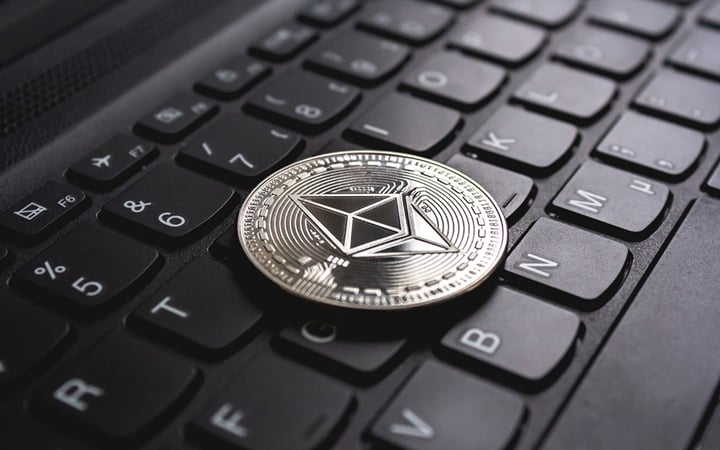The Growing Threat of Deepfakes: Implications for KYC and Cryptocurrency
The Influence of Deepfakes Extends Across Various Industries, Including Cryptocurrency.AI-generated fake IDs are causing challenges for verifying the identity of users on cryptocurrency exchanges.
Artificial intelligence (AI) has become an unstoppable force, with projections estimating that it could contribute a staggering $15.7 trillion to the global economy by 2030. This mind-boggling figure surpasses the current economic outputs of major players like China and India combined. However, as AI continues to advance, it brings with it a concerning development known as “deepfakes.” Deepfakes are highly realistic video or audio recordings created using AI, which can mimic human appearances or voices to an almost undetectable degree.
Recently, a viral post on social media demonstrated how readily available open-source and commercial software can be exploited to alter a person’s selfie with generative AI tools. This has raised concerns about the potential for counterfeited identification images that could deceive current security checks. The rise of deepfakes poses significant challenges to the existing Know Your Customer (KYC) practices, which aim to verify the identities of individuals.
Deepfake Conundrum: Rendering KYC Obsolete?
Toufi Saliba, CEO of HyperCycle, a company building components for AI microservices, highlights that the existing security processes, such as KYC, may themselves be the attack vector on self-sovereignty. Deepfake tools are proving that today’s KYC systems could become obsolete in the near future. Saliba suggests that a resilient solution would involve using cryptography to protect the claimed intent of KYC proponents, ensuring the security of future generations.
The implications of AI and deepfakes extend beyond traditional security measures. Saliba also emphasizes the urgency for rapid adaptation in the cryptocurrency sector, stating that fake image creation could disrupt entire centralized systems. However, cryptography can come to the rescue and safeguard such systems.
- Oxford economist predicts quantum economics as the next big thing after mainstream crypto.
- GPT-4 and Smart Contract Auditing: AI’s Potential and Limitations
- Crypto Experts Are Loving eTukTuk: The Green Crypto Revolution 🌿🚙
Concerning deepfake content detection, Dimitry Mihaylov, an AI research expert for the United Nations, highlights the emergence of projects like FakeCatcher, which demonstrate the potential of real-time deepfake detection with a 96% accuracy rate. Mihaylov anticipates a significant shift in regulatory approaches to KYC, suggesting that more dynamic verification processes, like video KYC, could become the new norm as regulatory frameworks adapt to technological advancements.
Impact on Cryptocurrency Exchanges
Deepfakes have already made their mark in the world of cryptocurrency exchanges. OnlyFake, a platform that allegedly bypasses KYC protocols, offers counterfeit driver’s licenses and passports from 26 nations, including the US, Canada, the UK, Australia, and several EU member states, for as low as $15 each. OnlyFake’s services have been successfully used to elude KYC verification processes on well-known platforms like OKX. Leaked discussions have revealed their clientele celebrating their ability to circumvent verification processes at numerous other cryptocurrency exchanges and financial institutions.
The process of generating a counterfeit document on OnlyFake’s website is remarkably swift, with the platform even able to generate up to 100 fake IDs at once using Excel spreadsheet data. What’s more, users can incorporate their own photos or select from a curated “personal library of drops,” eliminating the need for a neural network. These counterfeit documents are designed to resemble real domestic documents, complete with typical backgrounds like kitchen counters, bedsheets, and desks for online verifications.
AI’s Impact Beyond Cryptocurrency
It’s not just cryptocurrency exchanges that are vulnerable to deepfakes; the impact of this technology is felt across various industries. CertiK, a blockchain security company, uncovered an underground marketplace where individuals offer their identities for as low as $8. These “legitimate faces” serve as fronts for deceitful cryptocurrency initiatives and help establish banking and exchange accounts.
AI deepfake technology’s widespread availability has caused alarm among cryptocurrency leaders, particularly in verifying video identification processes. Jimmy Su, Binance’s chief security officer, voiced concern over the increase in fraudsters using deepfake technology to bypass exchange KYC procedures. The video forgeries are approaching a level of realism capable of deceiving human evaluators.
What Lies Ahead?
As we march forward into an AI-driven future, the threat of deepfake attacks, such as face swaps, will continue to grow. Recent studies indicate that attacks on remote identity verification systems have skyrocketed by 704% between 2022 and 2023. The accessibility of free and low-cost face swap tools, virtual cameras, and mobile emulators contribute to this surge in attacks. Hackers and scammers are becoming increasingly sophisticated, utilizing digital injection attack vectors and emulators to create and use real-time deepfakes, posing serious challenges to both mobile and video authentication systems.
In conclusion, the rise of deepfakes poses significant challenges to the KYC paradigm and threatens the security of various industries, including cryptocurrency exchanges. However, as these challenges arise, the opportunities for innovation and adaptation also become apparent. It is crucial for regulators, businesses, and technology developers to collaborate in developing advanced solutions to combat deepfake threats. As we navigate this ever-changing landscape, it’s vital to remain vigilant and anticipate the evolving security methods required to protect our digital identities.
Q&A
Q: What are the potential risks of deepfakes beyond KYC and cryptocurrency exchanges?
A: Deepfakes have the potential to cause significant damage in various domains, such as politics, media, and personal relationships. They can be used to spread misinformation, manipulate public opinion, and harm individuals’ reputations. Protecting against deepfake threats is a pressing concern for society as a whole.
Q: How can individuals protect themselves against deepfake attacks?
A: It’s essential to stay informed about deepfake technology and its potential applications. Be cautious when sharing personal information or engaging in video calls with unfamiliar individuals online. Utilize multi-factor authentication methods whenever possible and stay updated on the latest cybersecurity measures implemented by service providers.
Q: Are there any effective methods for detecting deepfakes?
A: While deepfake detection is an ongoing challenge, technological advancements are being made. AI-based solutions, like FakeCatcher, are showing promising results in real-time deepfake detection. However, it’s important to note that with the rapid advancement of deepfake technology, detecting and preventing deepfakes will require continuous innovation and collaboration between technology experts, researchers, and regulators.
Q: What can governments and regulatory bodies do to mitigate the risks of deepfakes?
A: Governments and regulatory bodies must invest in research and development to stay ahead of deepfake technology. Establishing clear regulations around the use and creation of deepfakes can act as a deterrent and help deter malicious actors. Collaborative efforts between governments, academia, and technology companies can lead to the development of robust detection methods and effective countermeasures.
References:
- Projections for AI’s Economic Impact
- Generative AI Tools
- FakeCatcher: Real-Time Deepfake Detection
- Underground Marketplace for Identities
- Recent Study on Deepfake Attacks
Don’t fall victim to deepfakes – stay informed and protect yourself! Share this article with your friends to raise awareness about the growing threat of deepfakes and their implications for KYC and cryptocurrency. Let’s defend our digital identities together. 💪🔒
We will continue to update Blocking; if you have any questions or suggestions, please contact us!
Was this article helpful?
93 out of 132 found this helpful
Related articles
- Blockchain’s Potential in B2B Payments: A Catalyst for Efficiency and Growth
- Solana & Chainlink: Rising Open Interest Indicates Potential Volatility
- SEC Ethereum Spot ETF Approval Imminent: Ethereum’s Roadmap to $10,000 🚀💰
- Ripple’s XRP Price Could Skyrocket by 1,350%: Expert Analysis
- Humanity Protocol Emerges: Revolutionizing Web3 Identity Verification 🌐✨🤖
- The High Yield of Ethena Labs’ Stablecoin Raises Concerns in the Crypto Community
- 👑 Smog vs. Jefe: Which Solana Meme Coin Reigns Supreme?





